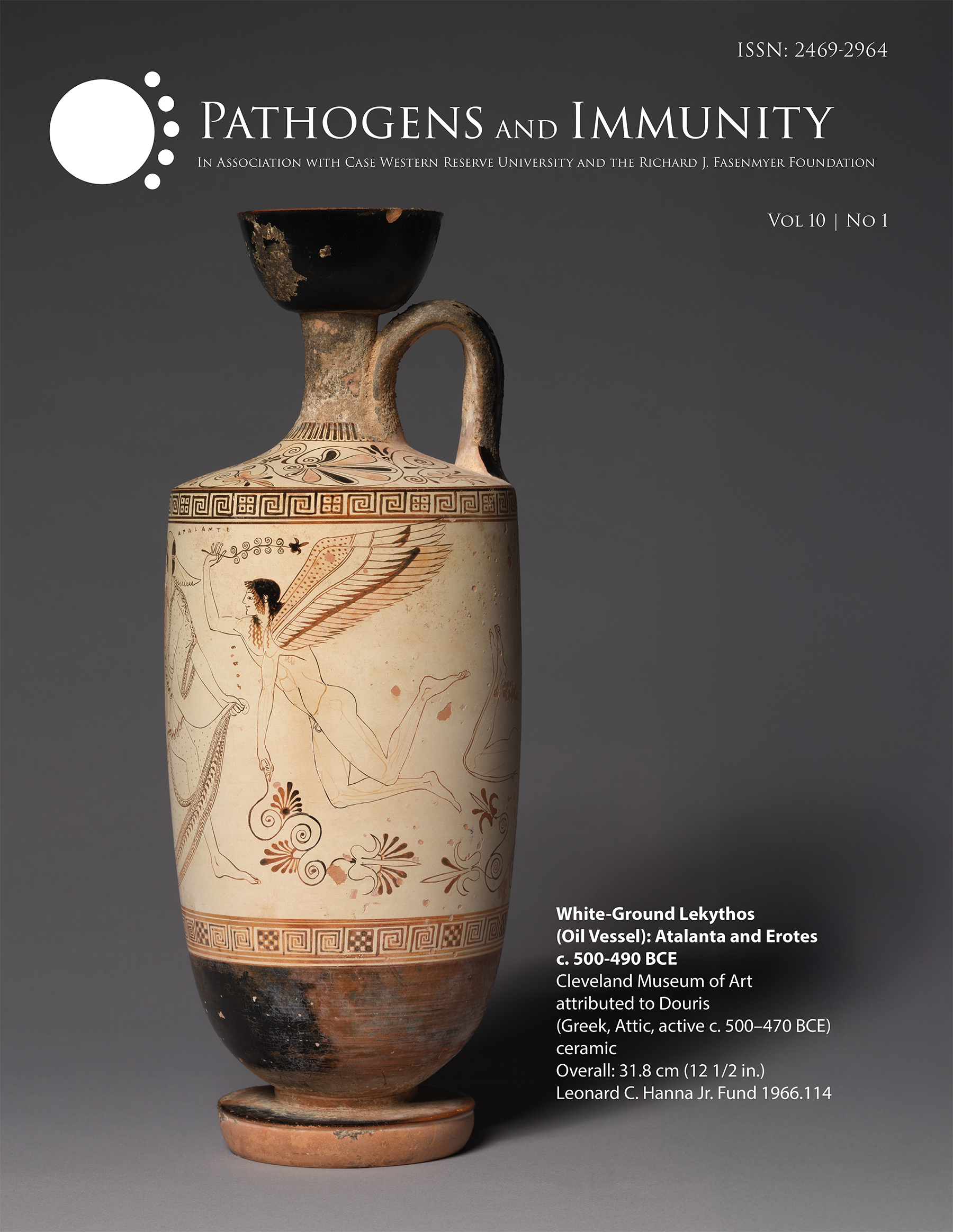The TB27 Transcriptomic Model for Predicting Mycobacterium tuberculosis Culture Conversion
Main Article Content
Abstract
Rationale: Treatment monitoring of tuberculosis patients is complicated by a slow growth rate of Mycobacterium tuberculosis. Recently, host RNA signatures have been used to monitor the response to tuberculosis treatment.
Objective: Identifying and validating a whole blood-based RNA signature model to predict microbiological treatment responses in patients on tuberculosis therapy.
Methods: Using a multi-step machine learning algorithm to identify an RNA-based algorithm to predict the remaining time to culture conversion at flexible time points during anti-tuberculosis therapy.
Results: The identification cohort included 149 patients split into a training and a test cohort, to develop a multistep algorithm consisting of 27 genes (TB27) for predicting the remaining time to culture conversion (TCC) at any given time. In the test dataset, predicted TCC and observed TCC achieved a correlation coefficient of r=0.98. An external validation cohort of 34 patients shows a correlation between predicted and observed days to TCC also of r=0.98.
Conclusion: We identified and validated a whole blood-based RNA signature (TB27) that demonstrates an excellent agreement between predicted and observed times to M. tuberculosis culture conversion during tuberculosis therapy. TB27 is a potential useful biomarker for anti-tuberculosis drug development and for prediction of treatment responses in clinical practice.
Downloads
Article Details

This work is licensed under a Creative Commons Attribution 4.0 International License.
Pathogens and Immunity abides by Creative Commons BY 4.0:
http://creativecommons.org/licenses/by/4.0/
This license lets others distribute, remix, tweak, and build upon your work for any lawful purpose, even commercially, as long as they credit you for the original creation. This is the most accommodating of licenses offered. Recommended for maximum dissemination and use of licensed materials. The authors maintain copyright of their materal.
*Due to a template error on our pdfs, articles published from May 20, 2016 to June 24, 2022 incorrectly state the copyright is held by Pathogens and Immunity. Copyright of all articles is held by the authors of each article as noted in the above copyright policy.

